
BY BRIAN FRANK
When it comes to deciding on the best way to consume fluids, calories, and electrolytes during extended exercise (2+ hours), perhaps you are one of the athletes who thinks, “I just want everything in one bottle” because it sounds convenient and means that you don’t have to think about fueling while you’re riding or running. Not surprisingly, this apparently logical approach has been heavily encouraged by companies selling “all-in-one” fueling products. They constantly tout the “convenience” of their all-in-one fuel product—“just drink this and you’ll be all set” they say.
My approach to fueling is 180 degrees opposite. I personally believe that the most effective way to fuel is by taking fluid (water), calories, and electrolytes separately and independent of each other. After you read my reasoning, I think you will agree that fueling using three separate “buckets,” as opposed to tossing everything in one “bucket,” is actually the most logical approach and guarantees the best possible outcome across the entire spectrum of conditions and applications you will encounter during 3, 6, 12, or more hours of continuous exercise.
The problem with combining your fluid, calories, and electrolytes into one container is that it will only meet your body’s needs in a very narrow set of temperature, duration, and intensity situations. I’ll illustrate my point by using an analogy of a single-speed bike vs. a 22-speed road bike. The single-speed bike represents the all-in-one fueling approach. This analogy excludes those of you who ride single-speed bikes for the added challenge—we’re only talking efficiency and maximum speed/minimum time from point A to point B here.
That single-speed bike will work great for you on relatively flat surfaces and at a speed that has you spinning between 70 and 100 rpm. But what happens when you encounter steep climbs or long descents? Now you are walking your bike up hill and coasting down due to your single gear option. The same is true with an all-in-one fuel. Single-speed bikes are cool, but for most of us, they have a pretty limited appeal and certainly would not be our choice if we were limited to owning only one bike. Same goes for the “all-in-one” fuel bottle—limited appeal and certainly not what I’d want my entire race to be dependent upon.
So, unless you always exercise in the exact same temperature and humidity (plus or minus five degrees and 5%, respectively) from start to finish, for no more than 2-3 hours, the all-in-one formula will leave you hanging every time.
Now consider the 22-speed bike. You can change gears to accommodate anything that comes your way—from short, steep climbs to long, grinding climbs, or long gradual descents—and still maintain maximum efficiency and pace. Thus, you have the same ability when you manage your fluid, calories, and electrolytes independently of each other and are able to make adjustments as conditions change. The flexibility afforded by separating the fueling components during extended hours of exercise is crucial since the temperature, humidity, terrain, and pace will undoubtedly change significantly between the time you start and when you finish.
To bring the concept home, let’s consider a typical iron distance triathlon, double century, 100-mile MTB, 50-mile trail race, or the like—basically 6–24 hours of continuous exercise. These events start in the early morning hours when it’s nice and cool and continue on through the hottest part of the day, and sometimes back down to cooling temperatures. 20–30 degree variances are typical, and you may encounter as much as 50-degree temperature differences.
During the first few hours when it’s still cool, your caloric intake should be at your optimal level (for me, that’s 130–150 calories per hour), while fluid intake will be well below your max and the need for electrolytes is minimal. However, as the heat intensifies and the body becomes increasingly depleted, you’ll need to reduce your hourly caloric intake (the body can process more calories in cool temps than in hot temps) while simultaneously increasing your fluid and electrolyte intake. These diverging needs can easily be met when you fuel separately. On the other hand, you cannot manage these changing requirements with an all-in-one fuel bottle.

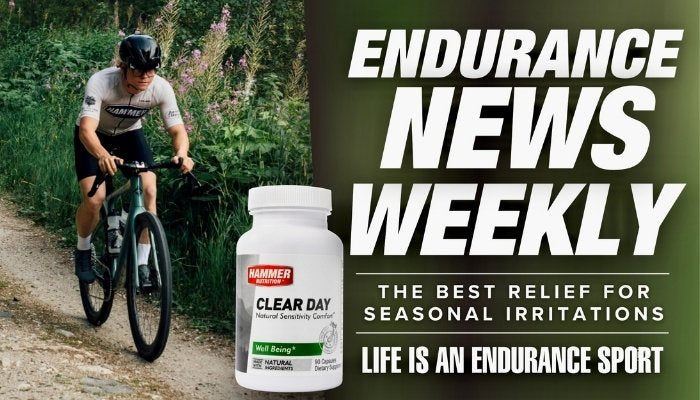
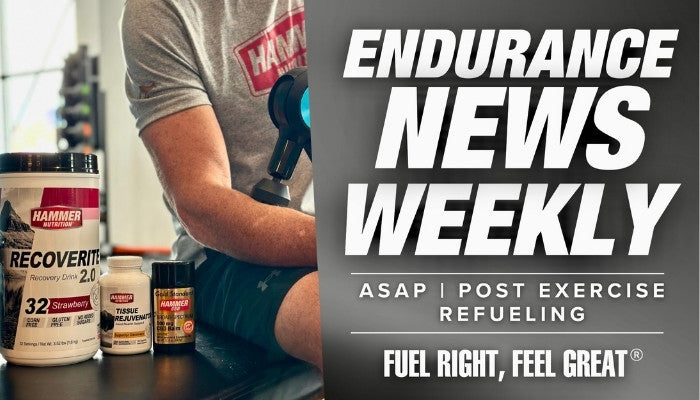
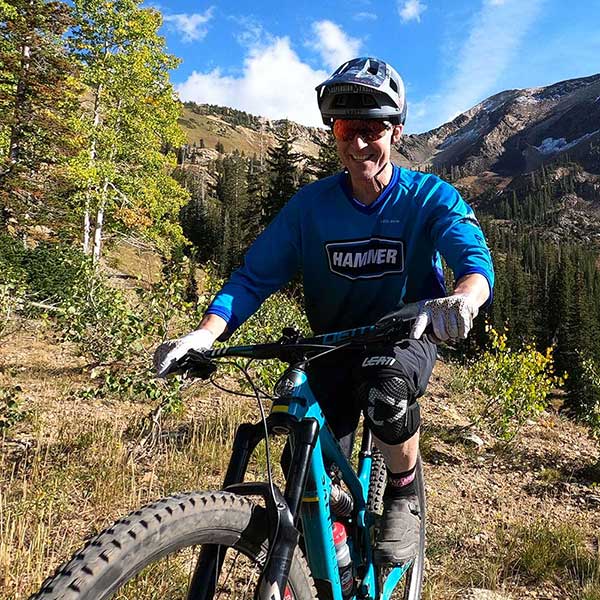
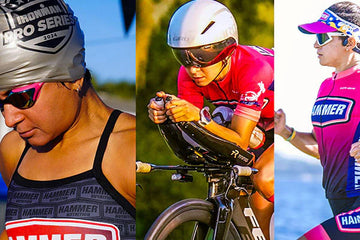

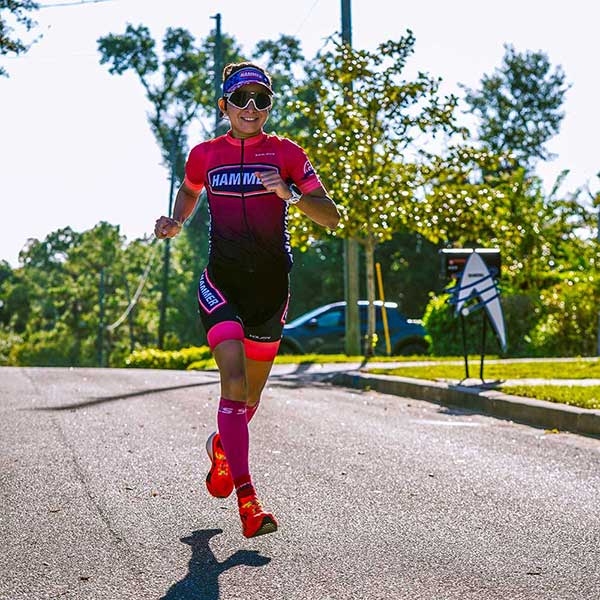
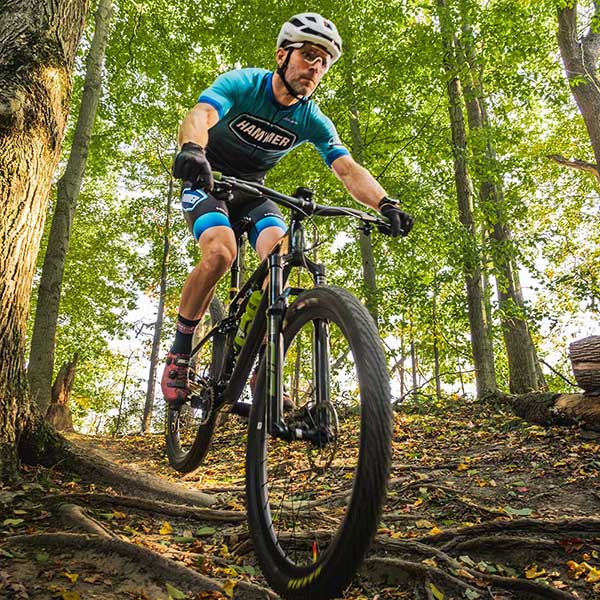
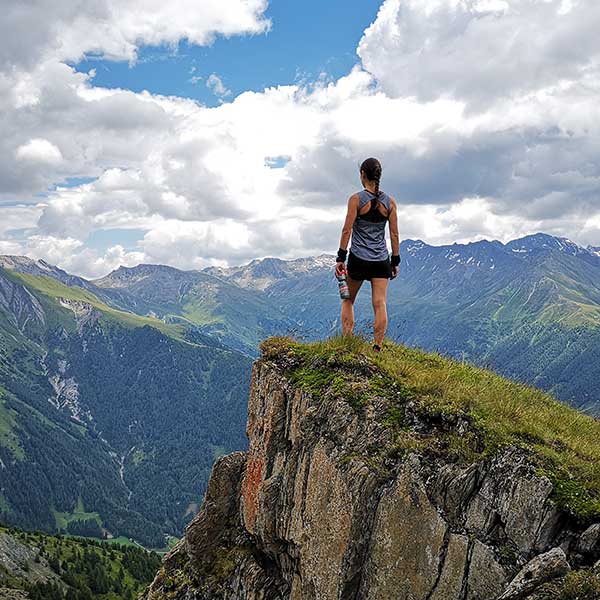

7 comments
Dear Brian:
Thank you for all the vital information you are sharing with us. Extremely helpful.
I have a question:
I will be joining the 2026 Marathon de Sable Legendary – a 250 km over 7 days race through the Sahara desert. Mixed terrain; as expected, dry and hot. Participants need to carry their own nutrition for the duration of the race (somewhere between 15 to 20 kg for me, I guess); however, plain water is supplied with some restrictions. We have to carry all gear for cooking, if I choose to do so.
I am kind of lost how to structure the best balance for fuels and weight etc. for those 7 days. Would you kindly share your thoughts? I am 5’11" and about 175 lbs and 65 yo at the time of the race. Any pointers (even literature, I am a physician) would be very much appreciated.
Thank you, Axel
———
Hammer Nutrition replied:
Hello Axel, congratulations on your entry to one of the most challenging races on earth! That race is actually where Dean Karnazes discovered Endurolytes and Perpetuem. Steve or I would be happy to help you with a detailed plan, but in the meantime….. This event is all about burning as much fat as possible, and that’s what our protocols are intended to facilitate. If you have not already read through our 5 Secrets of Success, do that (https://hammernutrition.com/collections/books/products/5-secrets-of-success). Perpetuem solids are ideally suited for this scenario since they don’t need water, to be mixed or anything. 30 calories per tab. The other product that you want to make sure you have A LOT of is the Endurolytes original capsules. The solids can provide a good source of calories, with extra coming from gels, bars and when you make camp for the night. At your weight/pace something like 150-200 total calories from all sources per hour will work well. Water have to be limited to no more than than 26-30 oz per hour. Electrolyte intake is 3-6 per hour or more during the hottest part of the day. Please reach out directly via email or phone for further assistance. BDF
As usual Brian, your clips are a worthy read. The guidelines Hammer provides are second to none! I do enjoy the comments also. It shows how diverse Hammer Athletes needs can be for each individual and their respective event/application. Just as I support your position, I also know one size does not fit all and it’s good to see each athlete trying to hone in on their very own individual needs and or preferences. Actually, this is what it’s all about. Enjoy the process people.
Makes perfect sense to me! Keep it simple and thanks for the videos.
PS I do like to mix HEED and Perpetuem 2 scoops each in a tall bottle for rides over 3 hours- strawberry / orange ! So good.
I am a absolute believer in HEED for all of my rides which are 2+ hours and for any race. Is this story a contradiction of the use of HEED products or how does HEED play a role in this story? I confess that I am one of those who prefers to get my calories in liquid form.
———
Hammer Nutrition replied:
Hello John, Thank you for your comments and question. First of all, no confession needed, we’ve been advocating all or mostly liquid calories during exercise, including IM’s, ultras, etc., for decades. HEED is my attempt at an all in one product. Like any other all in one it has some limitations – It won’t supply the correct amount of calories, fluids and electrolytes in all conditions, only a somewhat narrow range. For instance, if you are exercising in low to moderate temps, the electrolytes it supplies will suffice for your needs. However, if it’s very hot it won’t and additional electrolytes should be added in the form of Endurolytes Extreme powder to the bottle, by taking 1-2 per hour on those super hot days. The next limitation to be addressed in fluid volume. If you are exercising in cool temps, hourly fluid intake may need to be reduced, but not calorie content. So, you’d want to mix your scoop of heed in 12-16 ounces instead of the 21-26 oz you’d want on a super hot day. As always, if you’d like to discuss this further, feel free to reach out via phone or email. BDF
All in one bottle expectation is as incorrect as the person who thinks he only needs to replenish water, I know many biker who use only water but they don’t consider that they are loosing a lot more than H2O while riding. On my case, 65 years old mountain biker, I use electrolyte to compensate and avoid cramps, and Perpetuem to avoid the disconfort of my leg muscles along the way, both prepared on separate bottles and taken at different rates that includes the unexpected demands of my ride. If it is a really demanding one I add the gel flask. Separate bottles allow me to accommodate my body needs.
———
Hammer Nutrition replied:
Hello Jose, thank you for your affirmative comments and for your support. It sounds like you’ve got your fueling dialed in! Keep on hammering and let us know if we can ever be of assistance. BDF